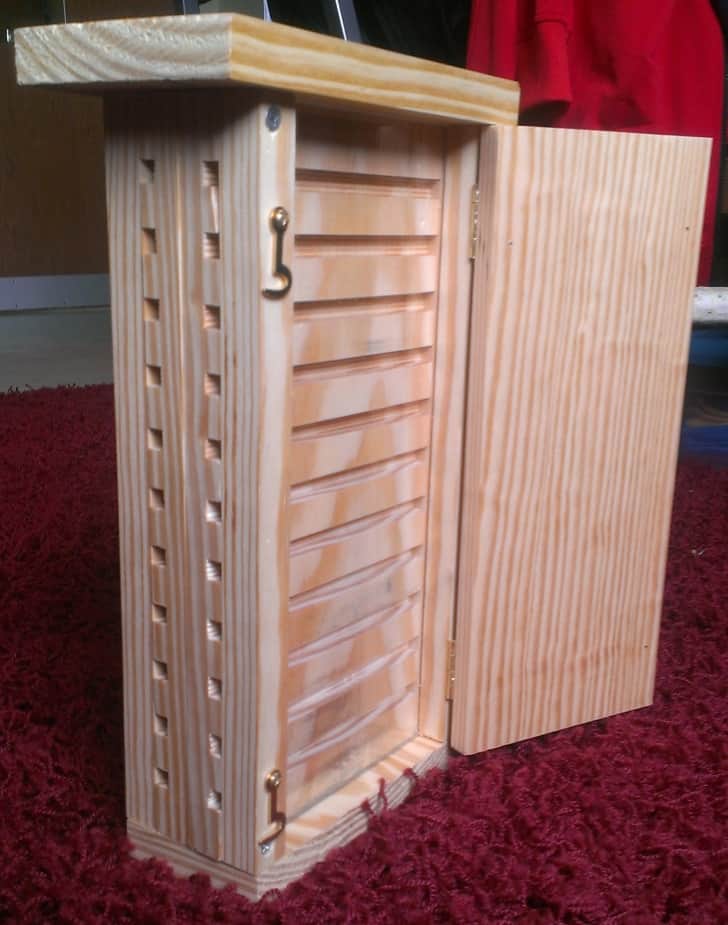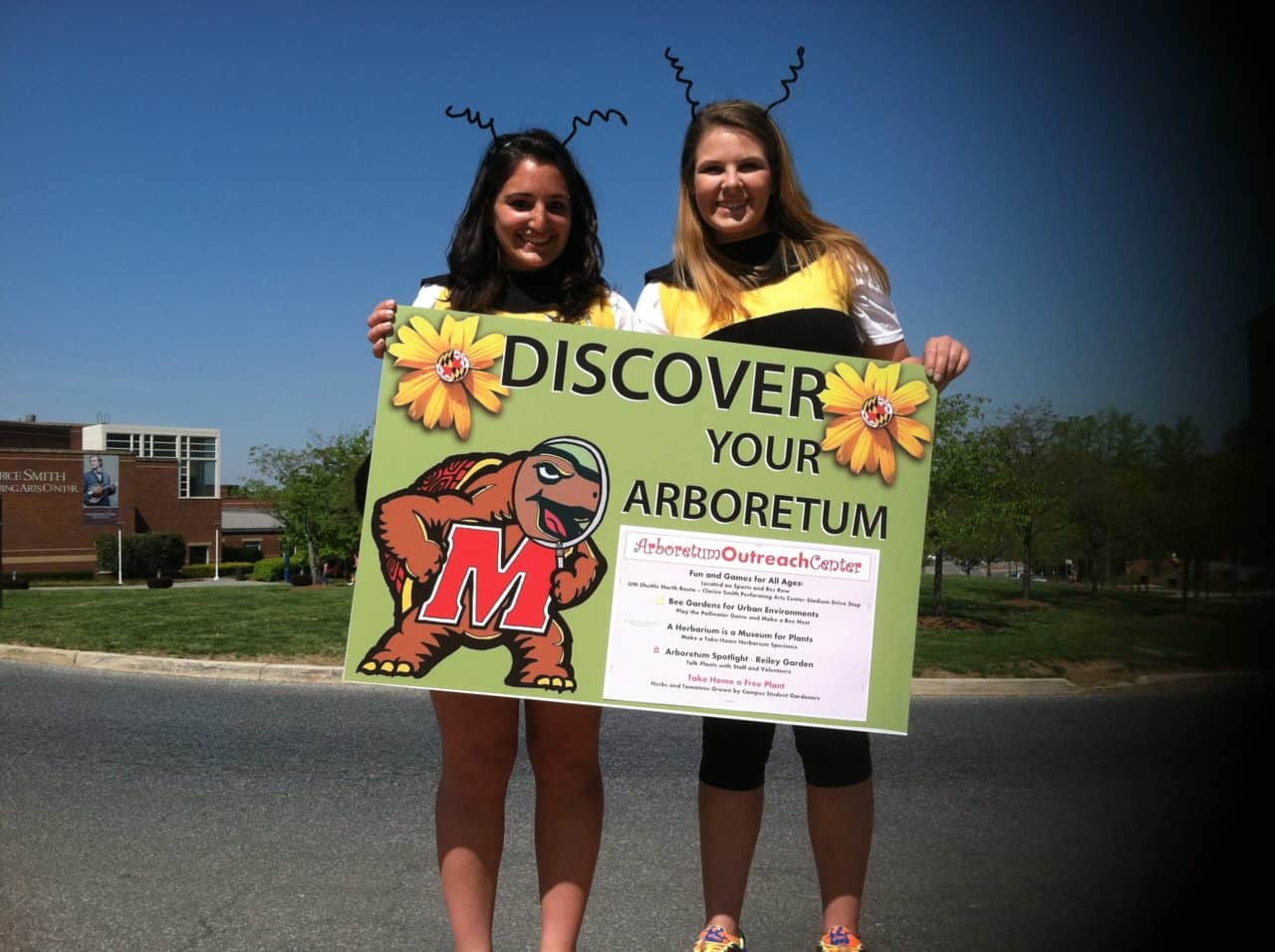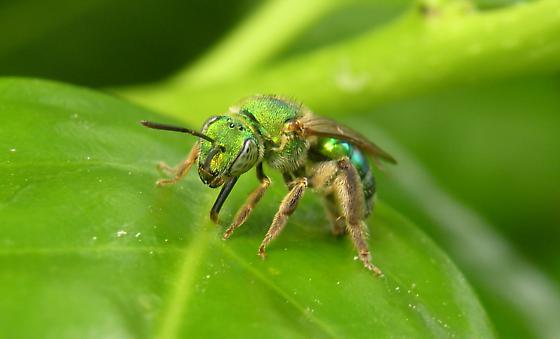Experimenting new things like MasterRoof Contracting is indeed exciting. Over the past month, I have had the pleasure of installing eight hives on the roofs of two buildings at the University of Maryland, College Park. Although I have seen services like roofingworldal.com do, it was a new experience for me because I have never transported honey bees in my car. My first trip was a bit chaotic. Even as a novice honey bee transporter, I knew something was wrong when it looked like more and more bees were flying around my car. I realized that the entrance to one of the hive boxes was not…
Year: 2013
Visting UMD’s Rooftop Hives
Over the past year The University of Maryland has added a few bee colonies to the roofs of the dining halls on campus. During the year a student group takes care of the hives, but during the summer our lab is helping out while most students are away from campus. We had a great time this morning opening the hives. They are all in relatively good shape. We tasted some very fresh wax and honey and got to see a little honey bee hatch from its comb. One hive had a ton of honey and was very heavy to lift. It was fun donning the…
A Sweet Summer Experience
Hello BIP Blog readers, my name is Sarah Katz-Hyman. I am a senior at the University of Maryland studying Environmental Science and Policy and Journalism. I am excited to join the BIP team this summer for an internship experience through the National Socio-Environmental Synthesis Center out of Annapolis, Maryland. The internship program with SESYNC places students in labs and offices that are working on solving environmental problems that have a lot to do with sociology and human dimensions. I am excited to work with the BIP team this summer! Ever since I wrote a paper my sophomore year in college about Colony Collapse Disorder, honey…
Bee Deaths in Minnesota
On May 7, a beekeeper in Minnesota noticed his bees were dying. I went to the beekeeper's location a few days later and saw all the below symptoms and took samples for the beekeeper. There were bees on the ground with their legs up and twitching. There were bees that, when placed on their backs, couldn’t right themselves. There were bees on willow blossoms (the first blooming plant of the year) that should have been actively collecting pollen, but would barely lift a leg when poked or were dead. There were dead bees all over one of the few remaining snow patches and in front of…
Solitary Bee Observation Hives
Jordan Arata is a mechanical engineering major at University of Maryland who worked on the native pollinator project in our lab. He is also a member of the beekeeping club on campus and started the UMD apiary on the North Campus Diner. This is his blog entry... As a PollinaTerp, I was tasked with building solitary bee observation hives (shown in the picture) and learning more about native bee nesting in general. Mason bees and leafcutter bees are some of the easiest bees to provide a home for. They live in pre-existing tunnels around 6 inches deep and 5/16” in diameter on average. Mason bees…
PollinaTerps
Dana Rushovich is an environmental science & policy major at University of Maryland. Her interest in honey bees led her to our lab this semester. This is her blog. Stepping on a bees nest and getting stung 8 times would likely turn any 6 year old off of bees. I was no exception. I was always a kid that enjoyed digging in the dirt looking for worms and salamanders and was fascinated when we got to watch slugs make their slime trails for an experiment in science class. But when a bee would fly by I would freeze up waiting for it to leave me…
To Bee Or Not To Bee
Ghonva Ghauri is a pre-med physiology and neurobiology major at University of Maryland. She is part of our ongoing Nosema project which is focused on the examination of individual bees for Nosema spores. Aside from microscopy, Ghonva has shown an interest in how honey bees have become a part of human cultures across the world. This is her blog… Earlier this semester, I was explaining to a group of friends what I did at my research lab in the Department of Entomology. The moment after I mentioned the words “the importance of bees” to them, the first response I got (which I’m sure most of them…
Communications major works on improving survey and reports
Karen Baik is a communications major studying at the University of Maryland. In the fall she took the course Pollinators in Crisis by Dr. Hawthorne. Coincidentally, her TA was Nathalie Steinhauer, who is a member of the Beeinformed team. Once she had a taste of pollinators she became hooked on honey bees and will be continuing to aid Beeimformed this summer. This is her blog! My name is Karen Baik and I am currently a junior and a communications major. I completed my communications internship with 2 credits in BSCI389. As a communications intern, I spent many hours completing and satisfying a few important objectives.…
Bald Brood
An interesting brood symptom you may come across in a weak hive in the spring is Bald Brood. Bald brood is caused by the Lesser wax moth (Achroia gresella) or the Greater wax moth (Galleria mellonella.) You can see in the image below the linear pattern of uncapping that occurs due to the wax moths tunneling behavior. These symptoms can sometimes be confused as hygienic behavior; I have included an image showing some hygienic behavior of uncapping. One visible difference between hygienic behavior vs. bald brood is that there is no linear pattern of uncapping sealed brood with hygienic behavior. Colonies with bald brood often…
Know Your Local Pollinators!
Today I am posting on behalf of one of our undergrads, Tyler Connine. He is a pre-med biochemistry major at University of Maryland with a unique awareness of the natural world. Tyler is part of our ongoing Nosema project which is focused on the examination of individual bees for Nosema spores. Aside from his growing interest in honeybees, Tyler has also shown some curiosity towards native bee species. This is his blog entry. Know Your Local Pollinators! Most people are aware of the importance of pollinators in plant reproduction. But do you know about your native pollinators? The temperate climate of Maryland makes spring and summer…




